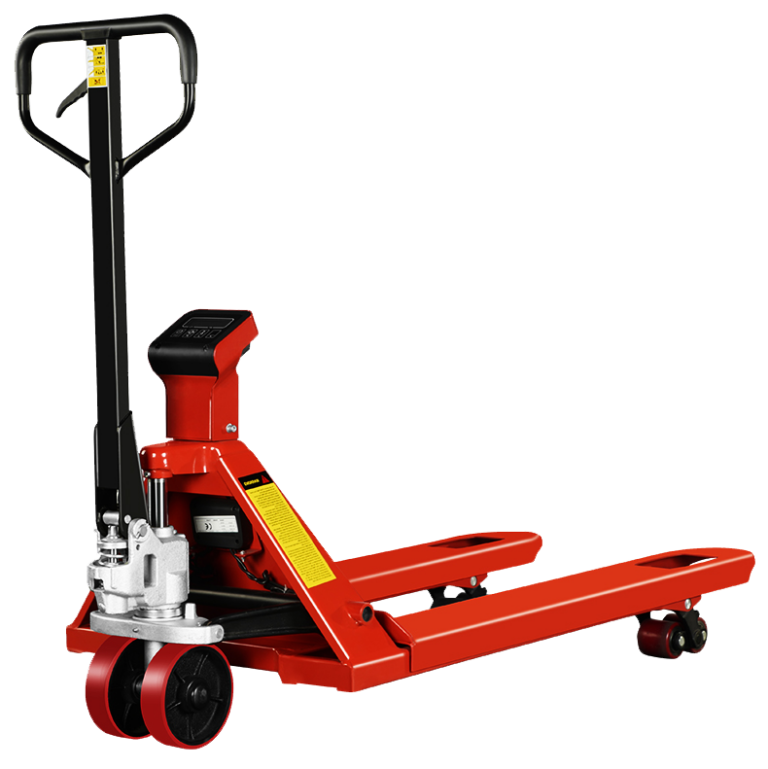A Comprehensive Guide to Operating Reach Truck Forklifts
Reach truck forklifts are essential tools in modern warehouses and distribution centers. They are designed to lift and transport materials in narrow aisles and tight spaces, making them ideal for high-density storage environments. Mastering the operation of reach truck forklifts can significantly enhance productivity and ensure safety in the workplace. This comprehensive guide provides essential tips and best practices for operating reach truck forklifts effectively.
Understanding Reach Truck Forklifts
Reach truck forklifts are characterized by their ability to extend their forks forward, allowing operators to “reach” into racks and shelves to access materials. These forklifts have a narrow chassis, making them highly maneuverable in confined spaces. They are equipped with a high-lift capability, enabling them to handle loads at significant heights.
 ForkLift-Trucks.com | China price Manufacturer Trade Materials Handling Transporters forklift trucks Sale Buy Online Trade Importer of Industrial Equipment BUY in | forklift/a>
ForkLift-Trucks.com | China price Manufacturer Trade Materials Handling Transporters forklift trucks Sale Buy Online Trade Importer of Industrial Equipment BUY in | forklift/a>
Key Features of Reach Truck Forklifts
Mast and Reach Mechanism: The mast extends vertically, allowing the forklift to lift loads to varying heights. The reach mechanism enables the forks to extend forward and retract, providing access to deep shelving.
Tilting Carriage: This feature tilts the forks up or down to stabilize loads and facilitate easy stacking and retrieval of materials.
Pantograph System: A scissor-like mechanism that allows the forks to extend and retract smoothly, enhancing reach and stability.
Pre-Operation Safety Checks
Before operating a reach truck forklift, it is crucial to conduct a thorough pre-operation safety check. This ensures that the equipment is in proper working condition and helps prevent accidents. Key checks include:
Inspecting the Forks: Ensure the forks are not damaged, bent, or cracked.
Checking Fluid Levels: Verify hydraulic fluid, oil, and coolant levels are adequate.
Testing the Brakes: Ensure that the brakes are functioning correctly and respond promptly.
Examining the Mast and Reach Mechanism: Check for any signs of wear or damage.
Best Practices for Safe Operation
Load Handling
Always center the load on the forks to maintain balance.
Ensure that the load is secure and stable before lifting.
Avoid exceeding the forklift’s load capacity to prevent tipping.
Maneuvering in Tight Spaces
Use the reach mechanism to access materials in narrow aisles without moving the entire forklift.
Maintain a slow and steady speed when navigating tight spaces.
Be mindful of overhead obstacles and ensure adequate clearance.
Lifting and Lowering Loads
Lift and lower loads smoothly to prevent abrupt movements.
Use the tilting carriage to stabilize loads when lifting or lowering.
Avoid lifting loads higher than necessary to maintain stability.
Operator Positioning
Always face the direction of travel and maintain a clear line of sight.
Use mirrors and cameras (if available) to enhance visibility.
Keep hands and feet within the operator compartment while operating the forklift.
Conclusion
Operating reach truck forklifts requires skill, attention to detail, and adherence to safety protocols. By understanding the key features of these forklifts, conducting pre-operation safety checks, and following best practices for safe operation, operators can enhance productivity and ensure a safe working environment. Embrace the capabilities of reach truck forklifts and master their operation to optimize your warehouse and material handling processes. Stay safe and efficient in your operations!
